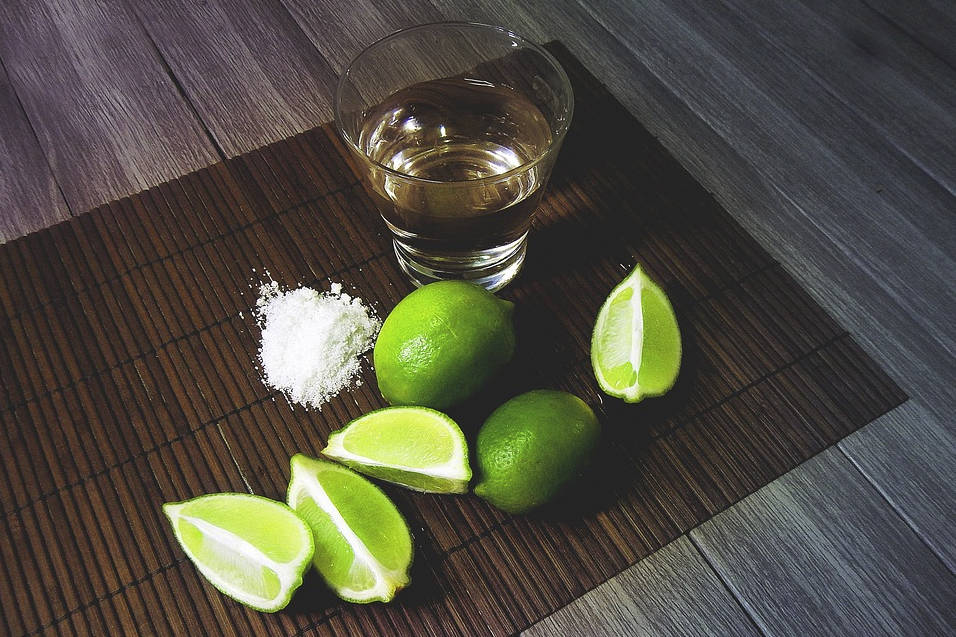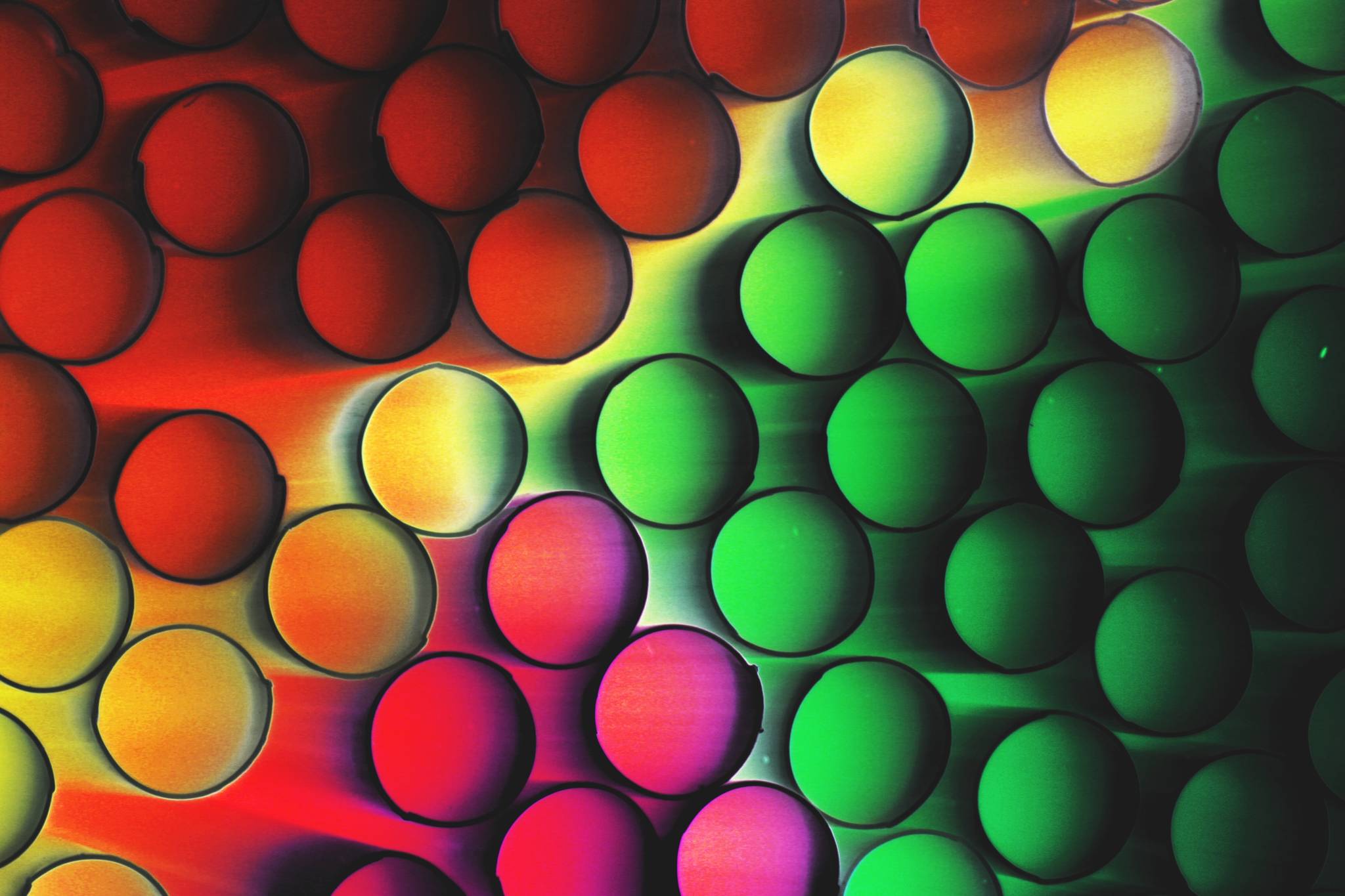I detest Champagne flutes. Burgundy glasses give me hives. Whenever a beer bar has a different glass for each of its 20 taps, I’m tempted to walk out. Glass snobbery is something that seems ridiculous on its face, yet it’s becoming a bigger and bigger part of the drinking scene. I for one am sick of it. That’s not to say that we should drink everything out of Mason jars, but a bit of sanity would be most welcome.
Let’s start with Champagne flutes, which are OK if your only goal is to stand around at a cocktail party and look mildly entertained, but utterly suck when it comes to actually drinking sparkling wine. For one, the narrow mouth makes pouring difficult, and given that you’re working with a foamy liquid in the first place, added difficulty is unwelcome. Also, good luck smelling your wine in a flute: the lack of surface area means that far fewer aromatics are released. OK, but what about preserving the bubbles? It’s true that flutes might keep wine fizzy a bit longer than a standard wine glass, but the difference is negligible—and besides, who takes an hour to drink a glass? Not me, that’s for sure.
Sticking with wine glasses for a minute, the explosion of different styles for almost every type of wine (seriously, I just saw listings for both “unoaked Chardonnay glasses” and “oaked Chardonnay glasses”) has been great for Riedel and other high-end glassware companies, and a source of panic and frustration for basically everyone else. No matter what the wine snob in your life might tell you, all you really need are two kinds of glasses: a smallish one for sparkling wine and most whites, and larger ones for reds and more aromatic whites. Sure, it sounds great to expound on how the precise contours of your Nebbiolo glass direct more of the cedar-smoke aromas to your right nostril, until you realize that everyone else is already on to their next drink.
Cocktails are far from innocent as well. The plague of the Martini glass is well known within bartending circles, but since they’re still viewed as the height of sophistication, let me just point out that you can have a similar experience drinking your cocktail out of a thick-bottomed rocks glass, which can also be used for a bunch of other drinks. Again, there’s an elegant aspect to the Martini glass, but it comes up short in terms of practicality: It doesn’t hold much liquid, it breaks easily, and it’s extremely prone to spillage.
I can accept beer being served in a tulip-shaped glass on some occasions, but what really offends me is the “house” pint glass, which in some less-scrupulous bars might actually only be 14 (or even 12) ounces. That might be OK—except for the bothersome facts: A pint is a unit of measure equal to 16 ounces and those “house” pints are never cheaper than a proper beer down the street.
So, Seattle bars and restaurants, here’s my comprehensive list of glasses you need: pint glasses and a smaller-sized beer glass, white- and red-wine glasses, small and large rocks glasses, Collins glasses, insulated glasses for hot drinks, and maybe dessert-wine glasses if you’re on the fancy side or shot glasses if you’re not. The rest? If I never see them again, that’s just fine with me.








